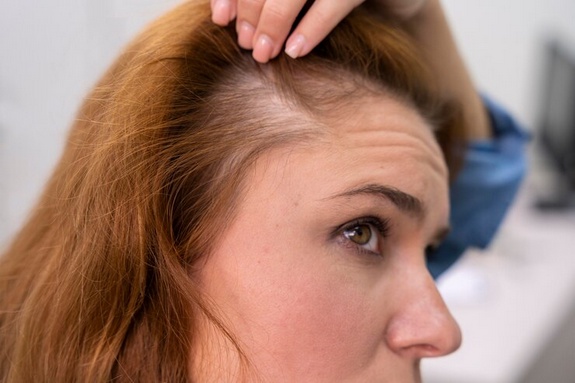Introduction:
Historically perceived as a predominantly male concern, hair loss has increasingly become a topic of concern for women as well. With societal norms evolving, there has been a notable rise in the popularity of hair transplant for women. This guide explores the changing landscape of hair restoration, shedding light on the reasons behind the surge in female hair transplants, the techniques involved, and considerations for women seeking to regain their confidence through this transformative procedure.
Changing Perceptions and Societal Shifts:
-
Breaking Beauty Stereotypes: Traditionally, societal norms associated female beauty with a full head of hair. The shift towards embracing diverse standards of beauty has empowered women to address hair loss openly and seek effective solutions, including hair transplants.
-
Changing Lifestyle and Stress Factors: Modern lifestyles often expose women to increased stress levels, hormonal imbalances, and nutritional deficiencies, all of which can contribute to hair thinning and loss. As women prioritize their well-being, hair transplants have become a viable option to restore confidence and maintain a youthful appearance.
The Techniques Behind Female Hair Transplants:
-
Follicular Unit Extraction (FUE): FUE, a minimally invasive technique, involves extracting individual hair follicles from donor areas, usually at the back of the scalp, and transplanting them to areas experiencing hair loss. This method is popular among women for its natural-looking results and quicker recovery.
-
Follicular Unit Transplantation (FUT): FUT, also known as strip harvesting, involves removing a small strip of scalp from the donor area and dissecting it into individual follicular units for transplantation. While this technique is effective, FUE is often preferred by women due to its less invasive nature and absence of a linear scar.
-
Platelet-Rich Plasma (PRP) Therapy: PRP therapy involves drawing a small amount of the patient's blood, processing it to concentrate the platelets, and injecting the platelet-rich plasma into the scalp. This non-surgical option is gaining popularity among women for its potential to stimulate hair growth and improve hair quality.
Considerations for Women Considering Hair Transplants:
-
Identifying the Underlying Cause: Before opting for a hair transplant, it's crucial for women to identify the underlying cause of their hair loss. Factors such as hormonal imbalances, medical conditions, or nutritional deficiencies should be addressed to ensure the success and longevity of the transplant.
-
Realistic Expectations: Setting realistic expectations is vital for women undergoing hair transplants. While modern techniques provide impressive results, individual factors such as the quality of existing hair and the extent of hair loss play a role in the final outcome.
-
Choosing a Skilled Surgeon: The expertise of the surgeon is a key factor in the success of a hair transplant. Women should research and choose a skilled and experienced surgeon who specializes in female hair restoration to ensure optimal results.
The Rise of Female Empowerment Through Hair Transplants:
-
Boosting Confidence and Self-Esteem: Hair transplants for women extend beyond physical restoration; they contribute significantly to boosting confidence and self-esteem. The ability to address and overcome hair loss empowers women to embrace their authentic selves and redefine beauty on their terms.
-
Breaking Beauty Stigmas: The rise of hair transplants for women challenges traditional beauty stigmas and norms. By openly addressing and seeking solutions for hair loss, women are reshaping the narrative around beauty and embracing a more inclusive definition of femininity.
Conclusion:
The rise of hair transplants for women marks a transformative shift in how society perceives and addresses female hair loss. As women break free from traditional beauty norms, the availability of advanced techniques such as FUE and PRP therapy provides effective and empowering solutions. Beyond physical restoration, female hair transplants contribute to a broader narrative of self-acceptance, confidence, and redefined standards of beauty. In embracing these procedures, women are not just regaining their hair; they are reclaiming their narrative and celebrating the diversity of femininity.


No comments yet